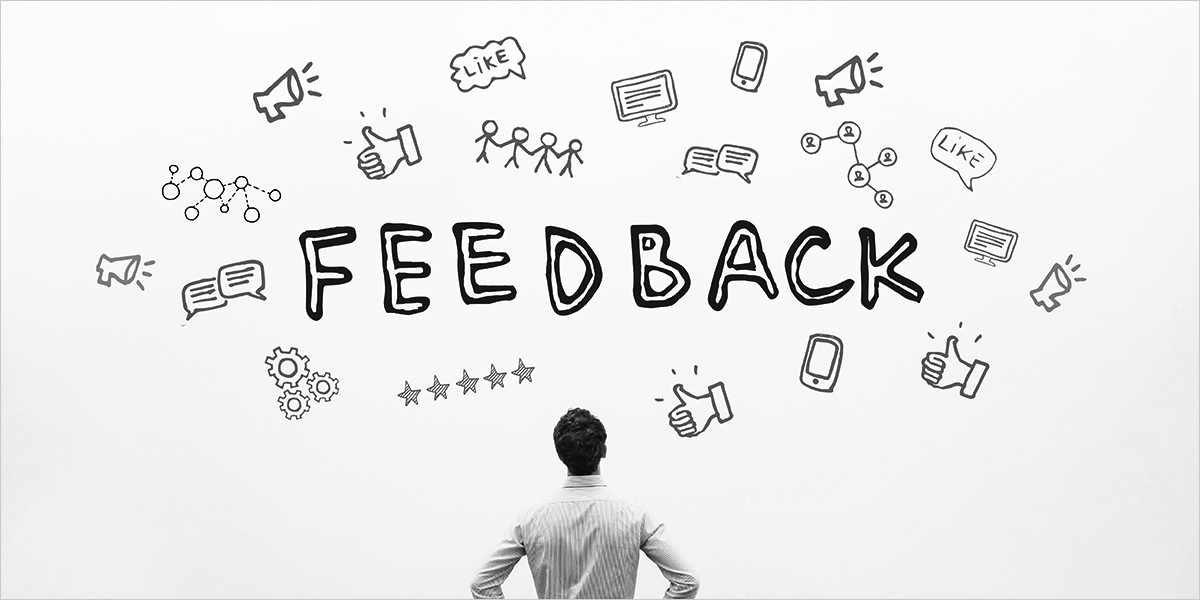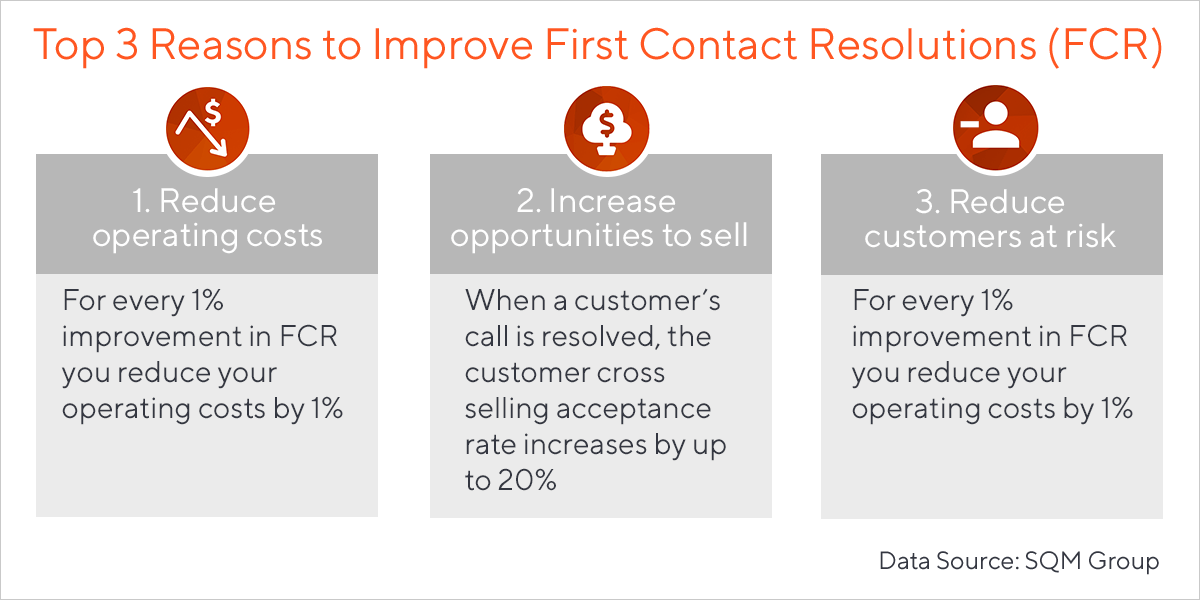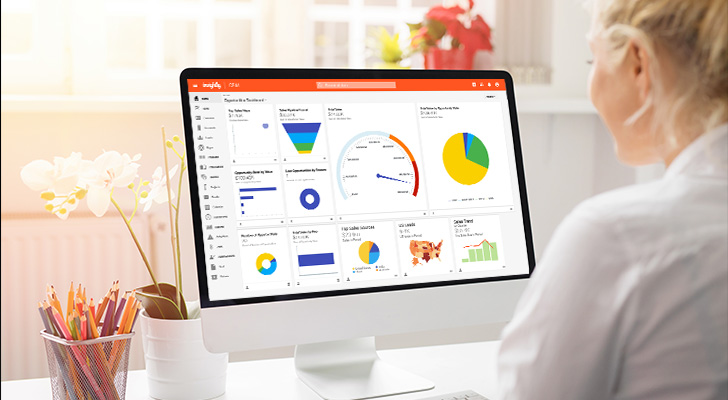Over the past decade, customer expectations have grown, and so has their power in the vendor-customer relationships. Increased competition in nearly every industry gives customers more options to choose from, putting pressure on companies to differentiate their products and customer experience.
Evolving customer expectations are transforming the way marketers, salespeople, and other customer-facing teams interact with customers and prospects. Today’s customers expect personalization from the brands they do business with. In fact, 63% of customers expect brands to use their purchase history to provide them with personalized experiences.(1)
Here are seven best practices for adapting to shifting customer expectations in the digital era.

1. Focus on the customer experience
Today, customer expectations and purchasing preferences are largely driven by the experience customers receive from your employees. If they receive a poor experience, they are unlikely to return for repeat business.
Plus, it’s quite possible that they will share that negative experience with their friends, family, peers, on social media, and/or on business review sites. A customer who has a negative experience interacting with your brand can do a lot of damage in a short amount of time.
Consider these statistics on the customer experience:
- 67% of customers list a poor customer experience as their primary reason for leaving a vendor.(2)
- 91% of customers who have a bad customer experience don’t complain, they just leave and don’t purchase from you again.(3)
Looking at these numbers, it’s hard to ignore the importance of the customer experience. A great experience leads to satisfied, loyal customers, which increases repeat business and revenue, boosts your brand reputation, and reduces customer churn.
Understanding and catering to customers’ needs is perhaps the most important thing businesses can do to adapt to shifting customer expectations.
2. Use social listening & monitoring tools
In today’s business landscape, most processes and tasks are completed digitally. Social media is one the most-used information channels. Social listening and monitoring tools, such as Hootsuite and Buffer, alert you instantly when someone comments on your brand’s page, posts a review, or mentions your brand in a comment or post.
These tools are particularly helpful considering that users expect a quick response and high level of engagement on social media.
3. Conduct your research & analyze results
Competitor research is helpful because you can uncover their sales and marketing tactics, how they are leveraging social media, if their content is engaging, and much more. Competitor research can also help you to identify unused tactics and gaps in content and product offerings. You can then focus on filling those gaps and differentiating your business.
Review your competitors’ SEO rankings, keywords they are ranking for, and which industry keywords customers are searching for most. This provides insight into what customer interests are and what things are most important to them. You can use that insight to adapt your business strategy in those areas.

4. Give your customers a voice
Making customers feel their voices are being heard is a valuable tactic that will help you adapt to shifting customer expectations and build lasting customer relationships. Here are a few ways to provide your customers with an opportunity to share actionable feedback.
Customer surveys
Send your customers a quick survey to learn about their expectations. Ask them what they need that they don’t currently have, what they expect from you over the next few years, and so on. The insights will be super valuable and provide ideas for new tactics and changes you can implement to better adapt to expectations.
Closed customer forums
Create a customer forum on your website. It can be a closed forum that is only accessible to customers with a login and password. Allow them to share ideas with one another, propose product and business process enhancements that will help your customers to be more successful using your product or service, and voice their complaints. As Bill Gates says, “Your most unhappy customers are your greatest source of learning.”
The personal touch
Customers like to interact with people, not faceless brands and logos. You can add that personal touch—which customers increasingly expect—by having your customer success reps call individual customers at set time intervals. Ask them if they have everything they need, let them voice any frustrations, and offer tips on making the most out of your product or service. You can set a cadence that’s ideal (or realistic) for your team, but try to reach out at least once per quarter.
Customer relationship management (CRM) solutions streamline this outreach process. For example, you can set recurring tasks with automated reminders that alert the assigned employee when it’s time to reach out to Customer X.

5. Make & announce changes based on customer feedback
If you survey your customers, collect their feedback from outreach calls, and ask for their input in product development, you must take action based on that feedback. Otherwise, you’re wasting your time and theirs.
Be sure to respond to questions and product enhancement suggestions on your closed forum. Identify the common concerns and frustrations that customers express in your customer expectations survey. Track all feedback and challenges provided through your success team’s outreach calls. Collate all that information and find the most common themes.
Then, form a plan and start to implement some changes that will address customers’ needs and challenges. And be sure to spread the word about these changes. Share your changes via social media. Send customers and prospects a newsletter mentioning changes you’re making or have already made based on their needs.
Share it anywhere you can think of that’s appropriate. When customers see you are actually implementing enhancements and updates based on what they told you they need, they will feel valued, appreciate the fact that you’re truly invested in their success, and most importantly, feel that their expectations are being met.
6. Increase your first contact resolution (FCR) rate
First contact resolution means that an incoming customer support call is fully resolved on the first attempt. It means not having to escalate the issue or troubleshoot and call the customer back. Research shows that a mere 1% improvement in FCR rate saves businesses $276,000 annually, on average.(4)
Today’s customers expect a rapid resolution to technical support issues. If you can resolve their issue on the first attempt, you are certainly surpassing their expectations and generating loyal customers. According to that same research, 98% of customers will continue doing business with your brand if you resolve their issue on the first attempt.(5)

7. Initiate customer retention campaigns
Retaining existing customers is key to business growth and overall business health. It costs five times more to acquire a new customer than retain an existing one.(6) Luckily, retaining customers is easier than ever if you use a unified CRM solution that includes marketing automation capabilities, such as automated campaign management.
However, most companies spend way too much of their marketing budget on lead generation campaigns and not enough on customer retention campaigns. That’s a mistake. It’s great to win a new customer because they represent a new revenue source. But, it’s costlier to win a customer than it is to retain the ones you already have. So, run customer retention campaigns to provide helpful, educational resources and regular company updates.
This will increase the quality of your customer experience and raise customer satisfaction levels, which in turn will lead to customer loyalty.

Risks of ignoring shifting customer expectations
Companies that take a business-as-usual approach and don’t pay attention to emerging trends will fade into the annals of history. There are various risks associated with not trying to adapt to evolving customer expectations, including:
- Negative impact on brand reputation
- Reduced customer satisfaction rates
- Increased customer churn and decreased customer retention rates
- Difficulty in finding and hiring top talent as a result of a poor brand reputation
- Fewer sales, reduced revenue generation, and slower business growth
Final word on customer expectations
Customer expectations are changing at a fast pace, especially with new customers entering the market with even higher expectations than those that came before them. Use the seven best practices above to get out in front of this trend and adapt more quickly so you can remain competitive in your industry.
If you’re looking for tools to help you improve your customer relationships throughout the entire customer lifecycle, take a look at Insightly’s unified platform for sales, marketing, and projects. With the right technology at your fingertips, you’ll be able to adapt to evolving customer expectations faster and stay ahead of your competitors.
Sources:
- Rising Expectations in Customer Experiences, Google/Greenberg, 2017
- Customer Experience for Executives, ThinkJar, 2018
- Ibid.
- Top 5 Reasons to Improve First Contact Resolution, SQM Group, 2018
- Ibid.
- Rethinking Customer Loyalty, Forrester, 2017



